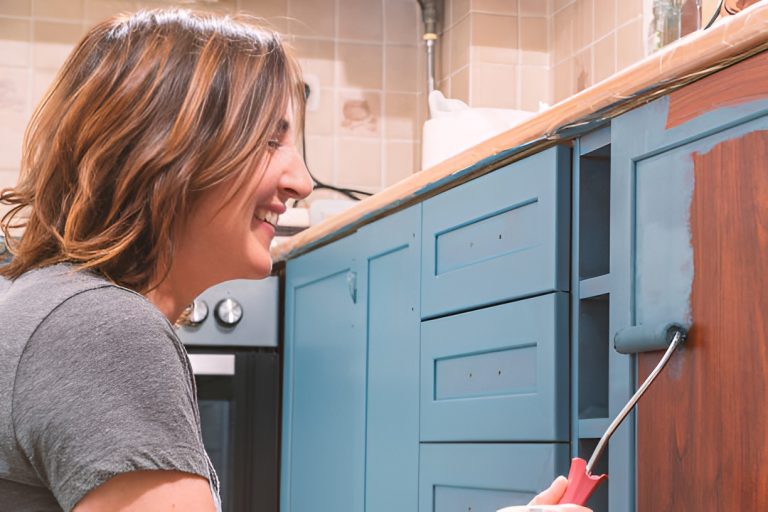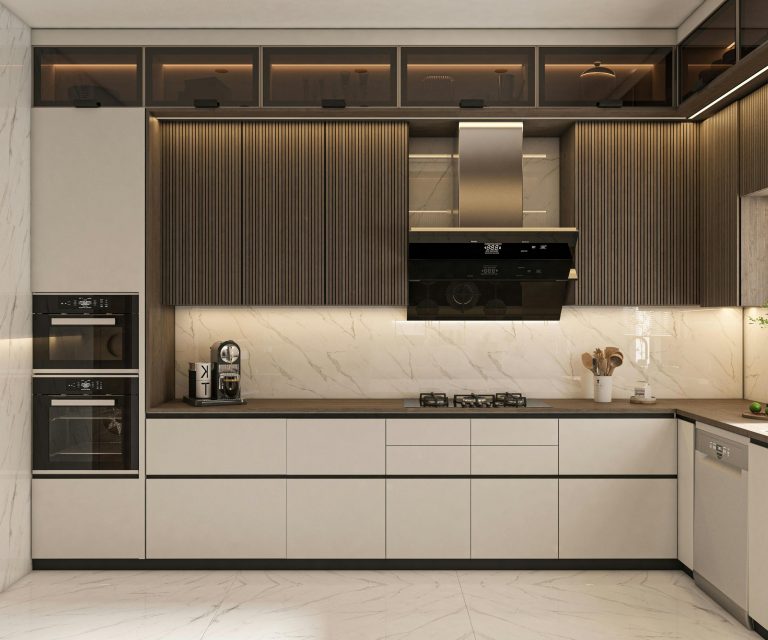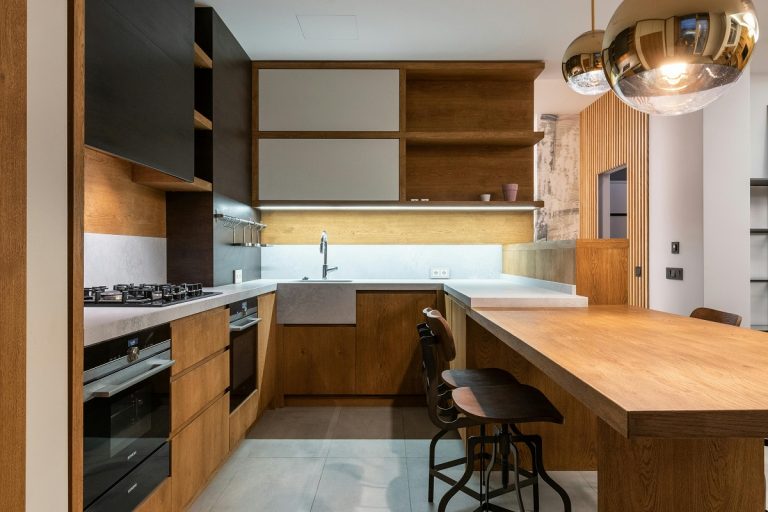

Planning a home renovation can be exciting but also overwhelming. With so many decisions to make—from budget and design to materials and timelines—it’s easy to feel stuck. Thankfully, home improvement videos have become a powerful tool for homeowners looking to gain inspiration, learn techniques, and plan projects with more confidence. Whether you’re updating your kitchen, adding a new deck, or giving your bathroom a facelift, these videos offer a visual, step-by-step guide to help you understand what to expect.
In this article, we’ll explore how to effectively use home improvement videos to plan your next renovation. We’ll cover where to find the best content, how to evaluate the credibility of video creators, and tips for translating video tutorials into a well-structured renovation plan.
Why Are Home Improvement Videos So Valuable?
Over the past decade, home improvement content has exploded online, especially on platforms like YouTube, TikTok, and Instagram. But why are these videos so popular among homeowners?
For starters, they make complex projects easier to understand. Watching someone lay tile, repaint kitchen cabinets, or refinish hardwood floors offers insights that text-based guides or static photos simply can’t provide. Videos help demystify the process, making DIY projects feel more achievable and empowering homeowners to make informed decisions—even when hiring professionals.
If you’re just getting started, watching some of the best home improvement shows can also provide excellent inspiration and project ideas. These shows often mirror the same formats and educational value found in shorter online videos but with added entertainment and storytelling, making them both informative and enjoyable.
Here are some core benefits of using home improvement videos:
- Visual learning: Step-by-step demonstrations clarify difficult concepts.
- Real-life scenarios: Videos often show how experts deal with problems as they arise.
- Cost-saving tips: Many creators share budget-friendly hacks and material alternatives.
- Product recommendations: Reviews and tool comparisons help you buy wisely.
Where Can You Find Reliable Home Improvement Videos?

Finding the right video can be as important as watching it. With thousands of creators publishing daily, you’ll want to prioritize content that is both helpful and trustworthy.
Top sources for home improvement videos:
- YouTube: The go-to platform for in-depth renovation tutorials and how-tos.
- Pinterest: Great for short clips and style inspiration.
- Instagram Reels & TikTok: Perfect for quick tips and before-and-after reveals.
- Manufacturer websites: Many brands provide how-to videos for their products.
Tips to find quality videos:
- Check the creator’s credentials or background in construction or design.
- Look at viewer comments and engagement.
- Review the video publish date—older content may be outdated.
- Avoid videos that seem more like product advertisements than useful tutorials.
How to Use Home Improvement Videos to Plan Your Renovation Step by Step
Once you’ve found useful videos, the next step is knowing how to apply that information to your unique space. Here’s a step-by-step guide to get you started:
1. Define Your Renovation Goals
Before diving into hours of content, clarify what you want to achieve. Are you remodeling a kitchen, finishing a basement, or simply repainting a room? Having a specific goal will help you find the most relevant videos.
2. Save and Organize Your Favorite Videos
Use bookmarks, playlists, or digital folders to organize videos by room, style, or task. This will save time later when you’re ready to revisit the content.
3. Create a Materials and Tools List
Pay attention to what tools and materials are used in each video. Note brand recommendations, quantities, and estimated prices to start building your renovation budget.
4. Sketch a Timeline Based on Video Duration
Use video durations and process breakdowns to estimate how long different parts of the project will take. For example, if most tile installation videos show two days of work, you can plan your schedule accordingly.
5. Use Videos to Vet Contractors
Even if you’re not going DIY, watching home improvement videos can help you speak the language when interviewing contractors. You’ll know what questions to ask, what timelines to expect, and what results are realistic.
What to Watch Out for in Home Improvement Videos
While most videos are helpful, not all content is created equal. Misleading or poor-quality videos can derail your renovation if you’re not careful.
Be cautious of:
- Unrealistic expectations: Some videos gloss over the difficulty or time required.
- Lack of safety protocols: Always prioritize content that demonstrates safe practices.
- Unverified “hacks”: Shortcuts can cost you more in the long run if not done properly.
- No permits mentioned: Skipping local regulations can result in fines or redos.
If in doubt, cross-reference multiple sources or consult a licensed professional before committing to any method.
Why Homeowners Trust Home Improvement Videos More Than Ever

The rising popularity of home improvement videos reflects a larger shift in how people learn and prepare for home projects. Instead of flipping through thick manuals or hiring experts for every little task, homeowners are turning to video content to empower themselves.
These videos combine education, entertainment, and practical advice, making them ideal for anyone trying to plan and execute a renovation more effectively. From learning how to refinish kitchen cabinets to tackling larger remodeling projects, the right video content can guide you through each step and help you avoid common pitfalls.
Final Thoughts: Video is Your Renovation Planning Superpower
Planning your renovation doesn’t have to feel like diving into the unknown. By leveraging high-quality home improvement videos, homeowners can gather ideas, build realistic expectations, and even acquire new skills. Just remember to curate your sources carefully, take notes, and blend what you learn with advice from trusted professionals. With the right combination of visual learning and proper planning, your next renovation can be more efficient, affordable, and successful.


